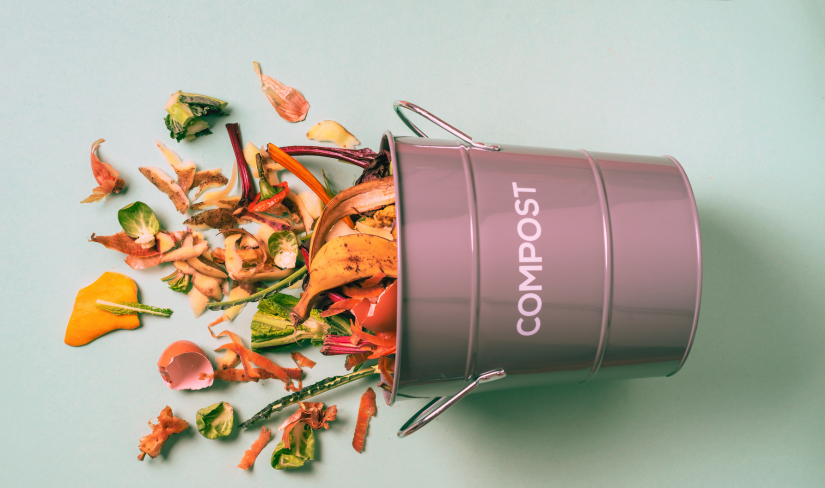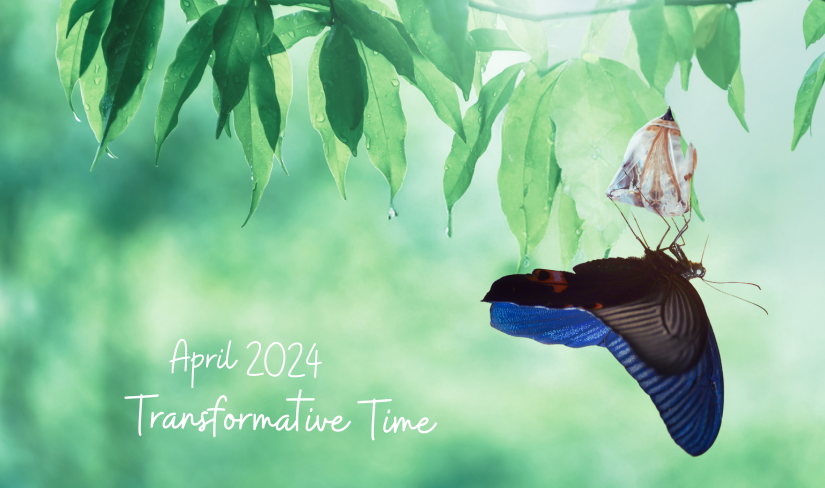Composting provides a straightforward and effective answer to the growing global concern for waste reduction and environmental sustainability. You can help keep trash out of landfills and improve the quality and quantity of your garden produce by turning food scraps and yard waste into compost.
What Can You Compost?
Before we explore the composting process, let’s first understand what materials can be composted:
- Kitchen Scraps: Fruit and vegetable peels, coffee grounds, tea bags, eggshells, and leftover cooked grains.
- Yard Waste: Grass clippings, leaves, small branches, and garden trimmings.
- Paper Products: Shredded newspaper, cardboard (cut into small pieces), and paper towels (as long as they’re not heavily soiled with chemicals or grease).
- Other Compostable: Wood ash (in moderation), sawdust (from untreated wood), and even some types of pet fur.
How to Compost?
Composting is a natural process that breaks down organic matter into a nutrient-rich soil amendment. Follow these steps to compost effectively
- Choose a Location-: Select a suitable spot for your compost pile or bin. It should be well-drained and ideally located in a partially shaded area.
- Build or Purchase a Compost Bin: You can construct a compost bin using wood pallets, wire mesh, or purchase a ready-made compost bin from a garden center.
- Layering- Start by layering your compost pile with a mix of green (nitrogen-rich) and brown (carbon-rich) materials. Aim for a ratio of roughly 2 parts brown to 1 part green.
- Add Water- Keep your compost pile moist, like a wrung-out sponge. Water it occasionally to maintain the right moisture level.
- Turn the Pile- Every few weeks, use a pitchfork or shovel to turn the compost pile. This helps aerate the pile and speed up decomposition.
- Patience- Composting is a gradual process that takes time. Depending on factors such as temperature and moisture, your compost should be ready in 6 months to a year.
Using Compost in the Vegetable Garden
Once your compost is dark, crumbly, and earthy-smelling, it’s ready to use in the garden. Here’s how to incorporate compost into your vegetable garden:
- Soil Amendment- Mix compost into the soil before planting vegetables to improve soil structure, fertility, and water retention.
- Topdressing- Apply a layer of compost around existing plants as a topdressing. This will provide a slow-release source of nutrients and help suppress weeds.
- Compost Tea- Steep compost in water to create compost tea, a nutrient-rich liquid fertilizer. Use it to water your vegetable plants for a nutrient boost.
- Bedding- Use compost as a protective layer around vegetable plants to help retain moisture, regulate soil temperature, and discourage weeds.
Composting is a simple yet effective way to reduce waste and enrich your vegetable garden with nutrient-rich organic matter. By composting leftovers and yard waste, you can close the loop on the natural cycle of decomposition and nourish your garden with “black gold.” So start composting today and watch your vegetables thrive in nutrient-rich soil!













0 Comments